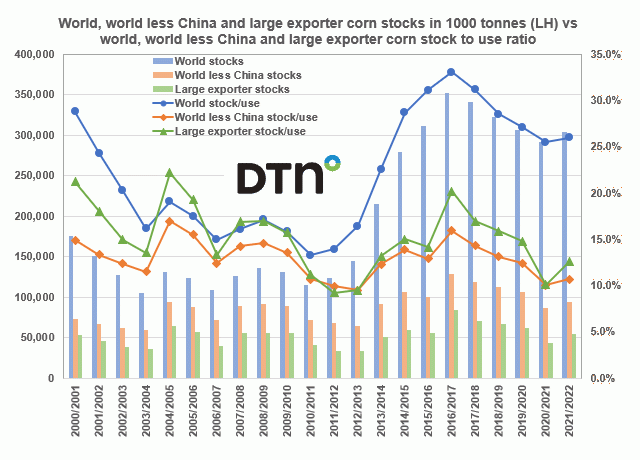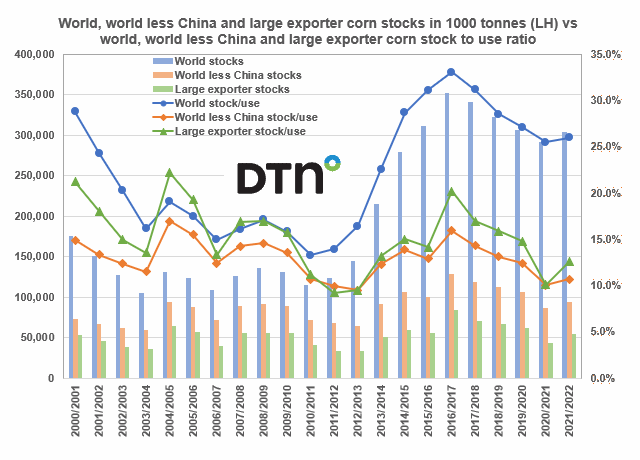Fundamentally Speaking
Oct to Nov Soybean Yield Decline Indicator of Further Cuts
Similar to what we did with corn in an earlier post, this graphic shows the USDA U.S. soybean yield revisions from October to November and then the November to the final report of the year in January in bpa on the left hand axis vs. the percent per bushel/acre (bpa) change from October to November plotted on the right hand axis.
The circles highlighted in red are those years where the October to November bpa percent decline in the U.S. soybean yield was 1.0% or greater.
P[L1] D[0x0] M[300x250] OOP[F] ADUNIT[] T[]
We use all years from 1974 to 2020 except 2013 when due to a budget impasse there was no crop production report released in October 2013.
Like the corn market, soybeans are being supported by ideas that 2020 U.S yield is likely to erode further in the final crop report of year in January.
This year's 1.2 bpa decline from October to November is the largest in bpa terms but this year's October to November bpa decline in percent terms of down 2.31%, one of the eight years since 1974 that the Oct to Nov decline was greater than 1.00% trails the 1984 3.39% decline and the 1993 2.97% drop with each year seeing a 1.0 bpa drop between October and November.
Other than 2000 where the January 2001 yield estimate was 0.1 bpa above the November 2000 figure all other seven years where the Oct to Nov percent soybean yield decline was 1.00% or higher saw the final yield come down again ranging from a mere 0.3 to 0.7 bpa.
The average for all years is off 0.4 bpa which applied to this year would mean another 30 million bushels of lost soybean production.
(c) Copyright 2020 DTN, LLC. All rights reserved.





Comments
To comment, please Log In or Join our Community .